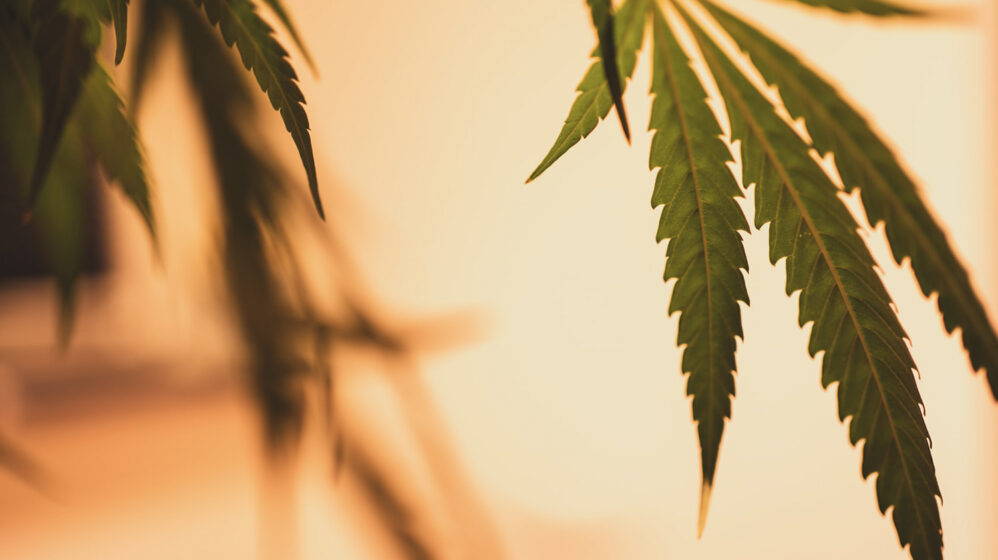by Vjatśelsav Śuvalov, PELL-s Head Chemist
Introduction
According to chemotaxonomy, Cannabis sativa (C. sativa) exists in different variants, showing chemical differences, known as chemotypes/chemovars. Cannabinoid and terpene analysis are used to determine the chemotype/chemovar of the plant. There are three main types of the plant that are identified by CBD/THC ratio: Type I (drug) – low CBD/THC ratio (high THC content), Type II (intermediate) – CBD/THC ratio around 0.5 to 3.0, Ttype III (fibre) – high CBD/THC ratio (low THC content, <0,3%). Two additional types include: Type IV – high CBG content (also contains CBD) and Type V – undetectable amount of all cannabinoids.
Terpenes
Terpenes are produced in the trichomes of the unfertilized female flowering tops (inflorescence of C. sativa).
Typically, up to 3-5% of the dry mass of the female inflorescence is comprised of terpenes. The terpenes show very low acute toxicity: typically, acute LD50 values are around 5000 mg/kg or higher. Because of the very low toxicity, these terpenes are already widely used as food additives and in cosmetic products. Thus, they have been proven safe and well-tolerated.
Minor botanical chemical compounds, including terpenes, allegedly, contribute to the effect of the main cannabinoids like THC and CBD. The resulting effect is called herbal synergy or “the entourage effect”.
While some of the effects of the cannabinoids have been scientifically explained, there is a great deal of uncertainty about the effects of cannabis terpenes in humans beyond fragrance perception. With the possible exception of the sesquiterpene β-caryophyllene, no molecular mechanism has been demonstrated to explain the potential synergy of terpenes with cannabinoids.
One potential explanation for the effects connected to terpenes can be found in a recent review, pointing out that the effect is similar to placebo and is partially mediated through the endocannabinoid system, which may explain some of the perceived effects of cannabis products.
Myrcene
Most prevalent terpene in modern Cannabis chemotypes (Type II and III).
Present in most cannabis strains and often – a dominant terpene. It is well established as a flavour ingredient in the food industry and as a fragrance in soap and detergent products. It is also found in lemon grass, bay leaves, ylang-ylang, wild thyme, parsley, cardamom, and basil. Multiple studies demonstrate that it has anti-inflammatory and antioxidant activity.
Controversial evidence says that it is responsible for narcotic-like sedative/immobilizing action when combined with THC.
Limonene
Often – a dominant terpene in Type I chemotype also found in lemon and other citruses. Studies show that 10mg/kg/day of limonene can help in the treatment of neuropathic pain and it was also a sedative at the amount of 5 mg/kg.
The monoterpene limonene demonstrates significant anti-inflammatory and antioxidant activity both in vitro and in vivo. Studies show that this terpene is readily absorbed from the digestive tract.
β-Caryophyllene
Present in most cannabis strains and often – a dominant terpene. In vivo study showed caryophyllene has an analgesic and anti-inflammatory activity.
Can bind to cannabinoid receptors and modulate their cell signalling mechanisms.
α-pinene
Found in many C. Sativa chemotypes and in other plants. Can be a dominant terpene in some chemotypes. Antioxidant, anti-inflammatory and anti-allergic effects of α-pinene have been reported in several studies.
Has effects connected to mechanisms related to learning and memory. It is also suggested to reduce the effects of THC overdose.
α-humulene
Present in most cannabis chemotypes and often is a dominant terpene. It is also found in many other plants like hops, sage and ginseng. Traditionally, α-humulene-containing plants have been used for the treatment of insomnia, depression, nervousness, delirium, anxiety and digestive disorders.
Linalool
Found in small amounts in Type I chemotype and Lavender. Has a very distinctive smell.
Studies indicate anti-ischemic, antioxidant and anti-inflammatory effects of the monoterpene linalool. Linalool has also shown a protective effect against liver injury as well as neuroprotective ability.
Bisabolol
Present in many cannabis strains and in chamomile. Widely used in the perfume industry. A variety of studies have shown that it has anti-cancer and anti-tumour activities as well as neuroprotective and anti-inflammatory properties.
Terpinolene
Often is the main terpene in Type I chemotype. It has been found in a variety of plant sources such as sage, apple, cumin, lilac, tea tree and lemon, but it is primarily isolated from pine and fir trees. Studies show that it has anti-cancer, antioxidant and anti-inflammatory properties.
Which product to choose? 👉 Get in touch with us and we can choose the right product for you together. #pellcare
References
- D. Pacifico, Genetics and Marker-assisted Selection of the Chemotype in Cannabis sativa L., (2006), pp. 257-268.
- M. A. Lewis, Pharmacological Foundations of Cannabis Chemovars, (2017), pp. 225-233.
- T. Nuutinen, Medicinal properties of terpenes found in Cannabis sativa and Humulus lupulus, (2018), pp. 198-228.
- J. K. Booth, Terpenes in Cannabis sativa – From plant genome to humans, (2019), pp. 67-72.
- J. Gertsch, The Intricate Influence of the Placebo Effect on Medical Cannabis and Cannabinoids, (2018), pp. 60–64.
- E. J. Downer, Anti-inflammatory Potential of Terpenes Present in Cannabis sativa L., (2020), pp. 659-662.






